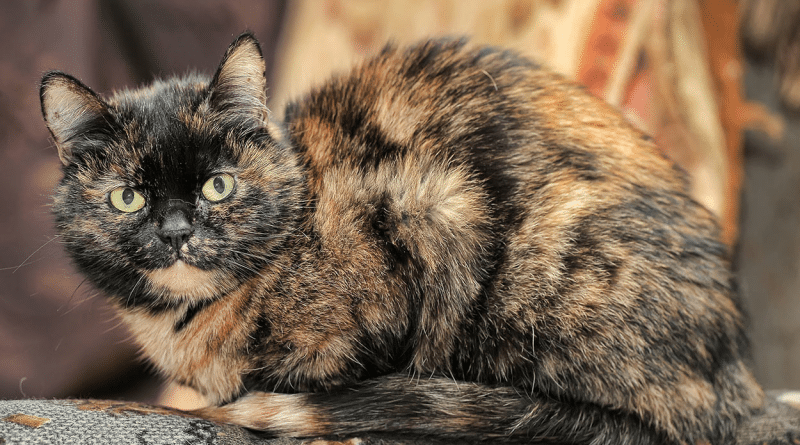Define epigenetics using information given in lecture.
Epigenetics is the inheritance of differences among cells without altering the DNA sequence.
What are reader/writer enzymes?
Reader enzymes are proteins that recognize epigenetic modifications (ex. histone tails), whereas writer enzymes are proteins that actually make the epigenetic modifications. Enzymes/complexes can be both readers/writers, so they recognize the modification and create the modification (often on the complementary strand).
An example of a reader/writer complex is Polycomb, which reads/writes chromatin remodeling modifications to silence Hox genes! We’ll be learning about Hox genes very soon when we discuss embryonic development of flies.
Sections of chromosomes that are condensed are called ________? Whereas sections of chromosomes where the DNA is not tightly packed are called ________? Which is more transcriptionally active?
Heterochromatin is tightly condensed; euchromatin is not. Euchromatin is more transcriptionally active while heterochromatin which is less transcriptionally active because it's less accessible to transcriptional proteins.
Describe two enzymes that remodel chromatin.
(1) Reader/writer enzymes produce covalent histone modifications! Methylation, acetylation, etc on histone tails. Methylation tends to condense DNA (making genes less accessible for transcription) while acetylation tends to de-condense DNA (making genes more accessible for transcription).
(2) Chromatin remodeling complexes move DNA around the nucleosomes to loosen or tighten the coiling of DNA. Chromatin remodeling complexes may read epigenetic marks to direct chromatin remodeling.
Methylation of cytosine bases in DNA is one method of epigenetic control. Is this epigenetic mark activating or inhibiting? How is this modification inherited between cells?
Methylation of cytosine bases in DNA is an INHIBITING mark. Maintenance methyltransferases recognize methylation patterns on the parent DNA and reproduce them on the daughter DNA strand.
Histone modification is a method of epigenetic control. Are these epigenetic marks activating or inhibiting? How is this modification inherited between cells?
Histone modifications can be activating or inhibiting depending on the specific mark. Methylation tends to condense/reduce accessibility of DNA while acetylation tends to de-condense/unwind DNA (activating).
Reader/writer proteins recognize histone modifications and re-establish the parental pattern of modification in daughter cells.
Positive feedback loops of gene expression (an example of autoregulation) is one method of epigenetic control. Is this epigenetic regulation activating or inhibiting? How is this modification inherited between cells?
Positive feedback loops in gene expression activates genes.
Transient signals lead to expression of a protein that can continue promoting its own expression. Each time a cell divides, the protein is distributed to each daughter cell where it can continue stimulating its expression. e.g., MyoD is an activator for the expression of MyoD!
Honey bee communities consist of sterile workers and larger, fertile queens. Despite the same genomes, they have vastly different lifespans, behaviors, and reproductive capacities. How is this possible?
As developing larvae, queens are fed much heavier diets that also includes royal jelly. These differing diets result in different DNA methylation states in workers and queens, and the enzyme DNA methyltransferase3 (Dnmt3) is required in workers to remember that state. Dnmt3 methylates cytosine bases - in workers, this methylation is repressing certain genes. In queens, these genes are NOT repressed by Dnmt3, resulting in phenotypic differences.

Explain how this cute female cat, Peanut, has a tortoiseshell coat color. In your explanation, include a description of X-inactivation.
Female (XX) mammals have X-inactivation. Since a double dosage of X-linked products would be lethal, early in embryogenesis, cells randomly shut down one of the X chromosomes by condensing it into heterochromatin, a state that is remembered in all the progeny cells due to epigenetic inheritance.
This means that females are mosaics: in some cells X(maternal) is turned on while in others X(paternal) is turned on.
In cats like Peanut, one of the genes for coat color is on the X chromosome. There are two alleles for this gene: black and orange. Cats that are heterozygous at this gene will have mosaic coats because the maternal vs. paternal X chromosomes are shut off randomly early in development, so the progeny cells will be a mixture of the two.
FINAL JEOPARDY: Read the following passage on genomic imprinting.
"For the vast majority of autosomal genes, expression occurs from both alleles simultaneously. In mammals, however, a small proportion of genes are imprinted, meaning that gene expression occurs from only one allele...The expressed allele is dependent upon its parental origin. For example, the gene encoding insulin-like growth factor 2 (IGF2/Igf2) is only expressed from the allele inherited from the father.
Imprinting is an epigenetic process that involves DNA methylation and histone methylation without altering the genetic sequence. These epigenetic marks are established ("imprinted") in the germline (sperm or egg cells) of the parents and are maintained through mitotic cell divisions in the somatic cells of an organism. Appropriate imprinting of certain genes is important for normal development."
Given your knowledge of genetics, how might abnormal imprinting lead to diseases, especially recessive ones?
In imprinted genes, only the allele inherited from either the maternal or paternal parent is expressed, while the allele inherited from the other parent is silenced/inactivated. This leaves organisms with only one functional copy of the gene. If this allele is mutated and/or deleted, the organism would have no functional copies of the gene, which could lead to disease.
Abnormally imprinted genes leave organisms particularly vulnerable to recessive diseases. Recall that, in typical, non-imprinted genes, recessive disease alleles can be masked by dominant healthy alleles. However, imprinting leaves organisms with only one functional copy of the given gene. If the inherited allele of an imprinted gene has a recessive mutation, the individual will express the disease phenotype.